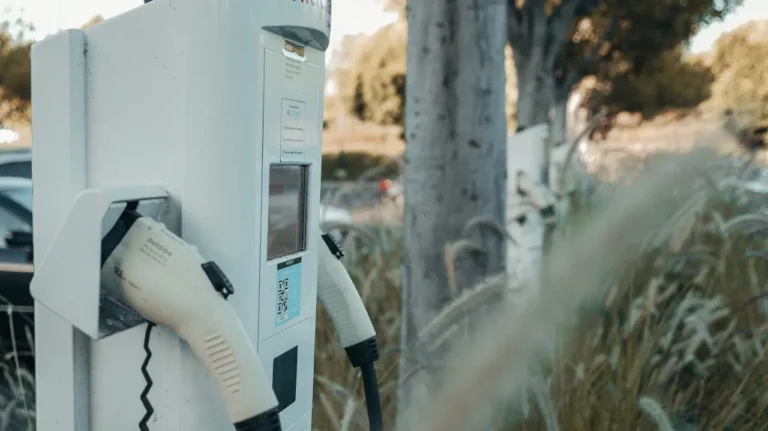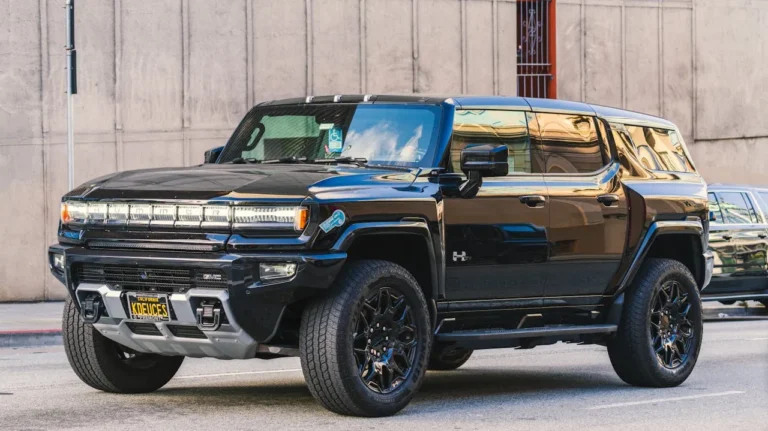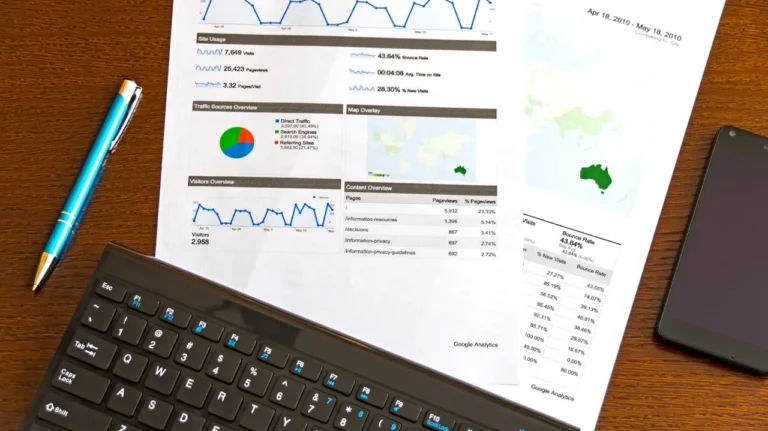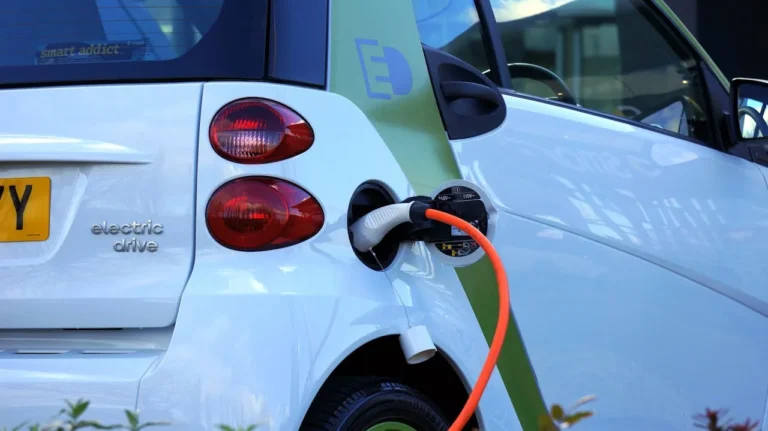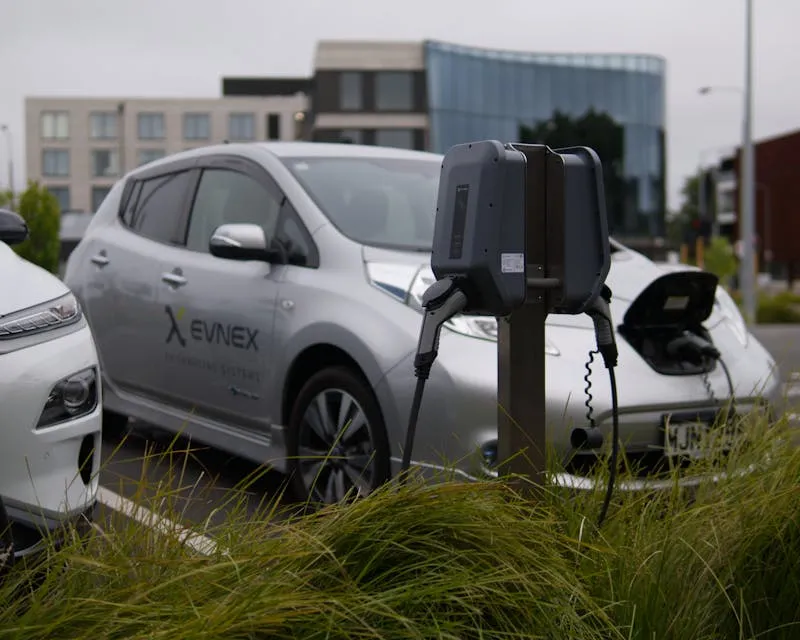
A new study by Frost & Sullivan, commissioned by WEX (NYSE: WEX), reveals that the adoption of electric vehicles (EVs) in mixed-energy commercial fleets is set to rise. The study shows that 80% of fleet operators plan for at least 25% of their fleets to be electric by 2030, with 42% aiming for half or more of their fleets to transition to EVs within the same timeframe.
Titled “The Commercial EV Transition: Global Insights on a Mixed-Energy Fleet Future,” the 2024 global survey highlights the gradual shift to mixed-energy fleets, blending EVs with internal combustion engine (ICE) vehicles. This transition varies by region, industry, and business scale, emphasizing the importance of understanding these dynamics for long-term operational success.
“Electrification is a gradual process that goes beyond simply replacing vehicles,” said Carlos Carriedo, COO of Americas Payments & Mobility at WEX. “Fleet managers are focused on the ‘how’ of the transition, with mixed-energy fleets easing the path to electrification.”
Carriedo noted that maintaining a mix of conventional and electric vehicles brings operational complexity, but also helps companies mitigate risks and adapt to evolving infrastructure. A phased approach allows businesses to learn and transition fully to electric mobility when ready.
Key findings include:
- Decarbonization is the top driver of this shift, with 70% of respondents viewing it as a core business strategy.
- Operational efficiency remains a priority, as 50% of companies have already invested in EV charging infrastructure.
- Simplifying charging and payment processes is critical, with 90% of fleets using unified payment options for both ICE and EV vehicles.
- Digital solutions are essential, as 58% of respondents struggle with route planning and 49% face data collection challenges.
According to Jay Collins, SVP & GM of EV & Mobility at WEX, “The transition to electric vehicles is progressing, but not without challenges. The mixed fleet approach ensures companies can manage operational efficiency during the shift.”
The report also highlights industry-wide challenges, with fleet operators grappling with rising fuel costs (67%), operating expenses (66%), and tightening profit margins (59%). These pressures underline the need for strategic planning as businesses embrace electrification and sustainability.
With decades of experience in fleet management, WEX continues to integrate electric vehicles into its offerings, helping companies navigate the complexities of transitioning to mixed-energy fleets. WEX supports over 600,000 commercial fleet customers worldwide, servicing 19.4 million vehicles globally in Q2 2024.
The study surveyed over 500 fleet operators across Europe, North America, and Asia Pacific, all of whom had at least one EV in their fleet. The full report, “The Commercial EV Transition: Global Insights on a Mixed-Energy Fleet Future,” is available for download and includes market-level insights from the UK, US, and key European and Asia Pacific markets.


